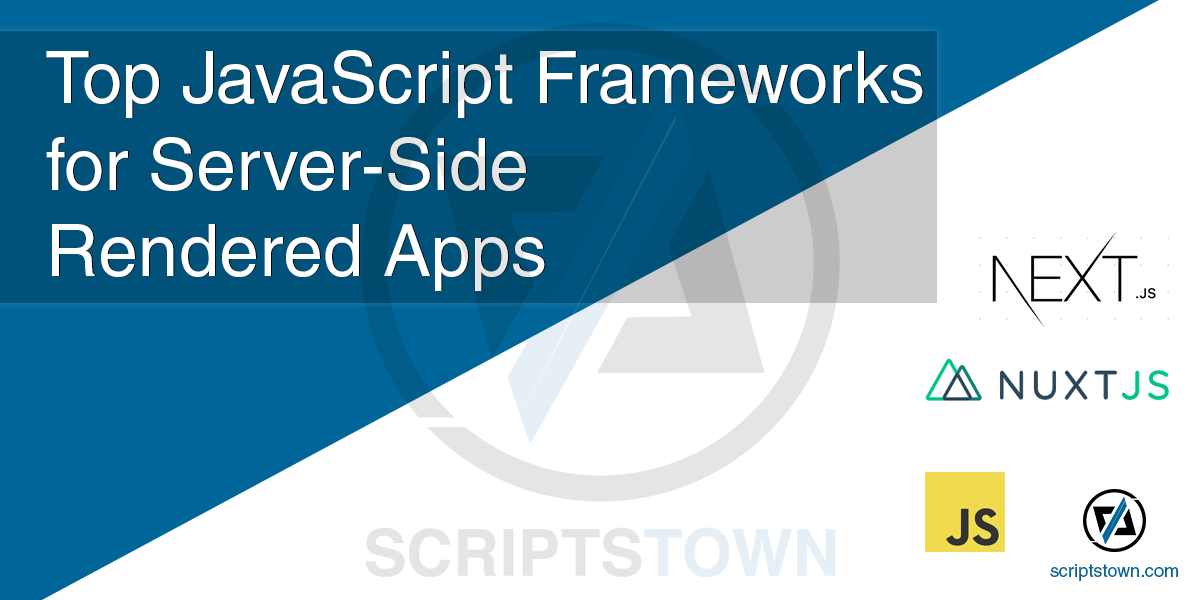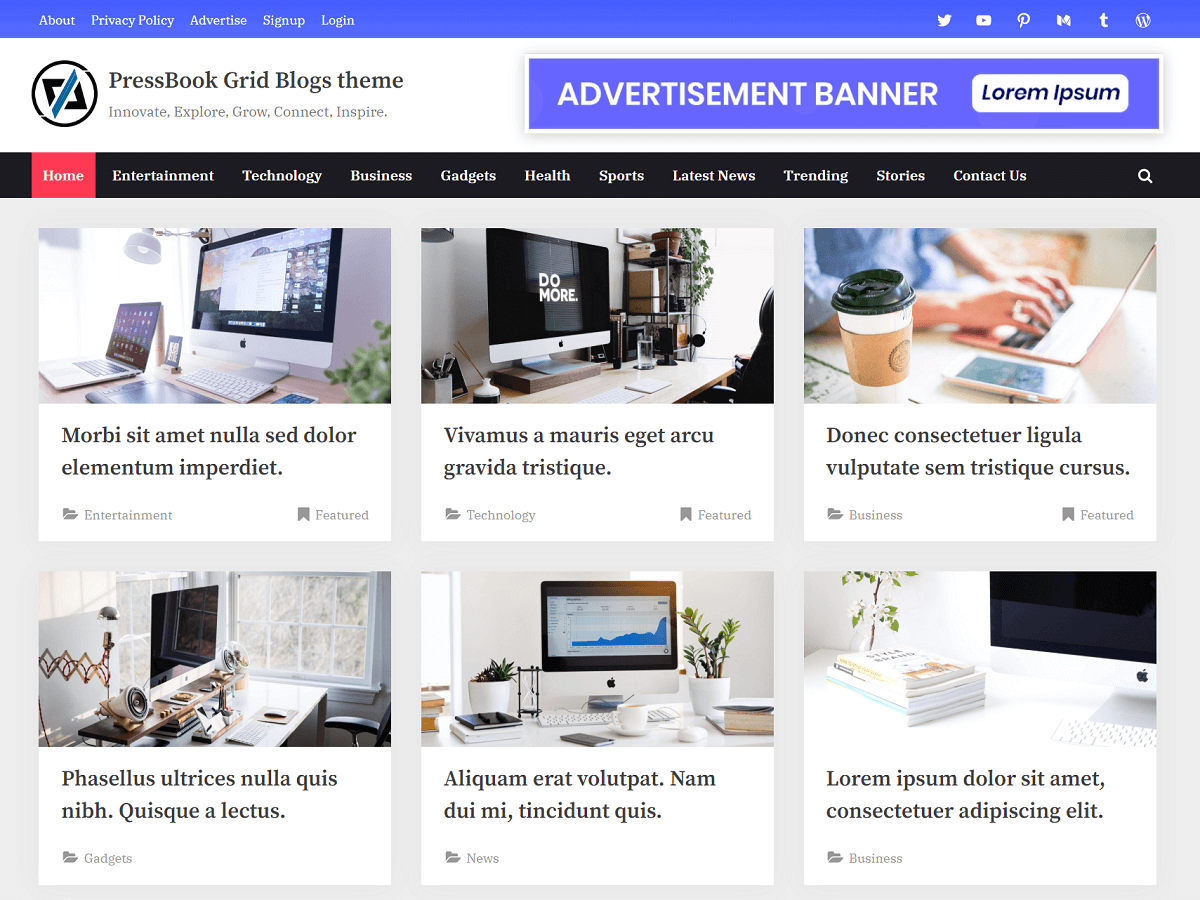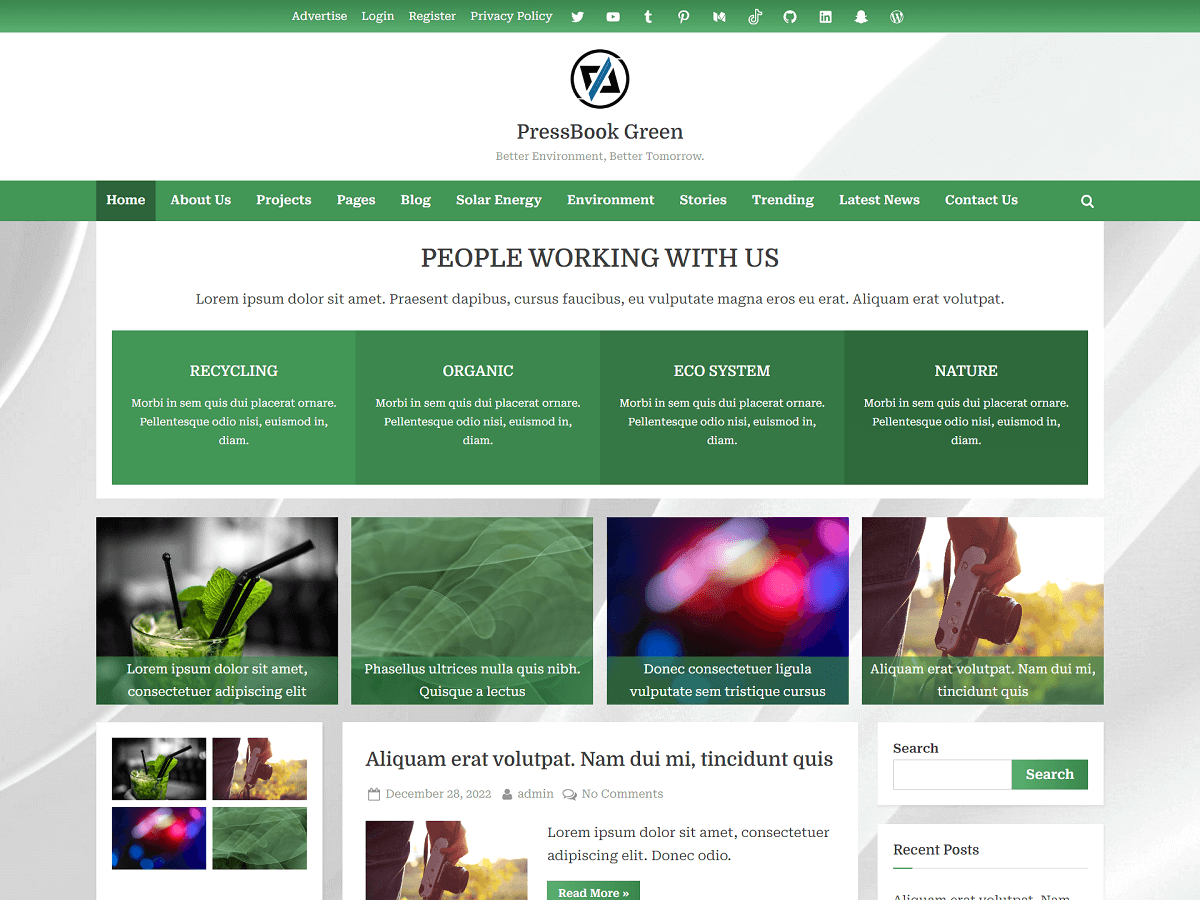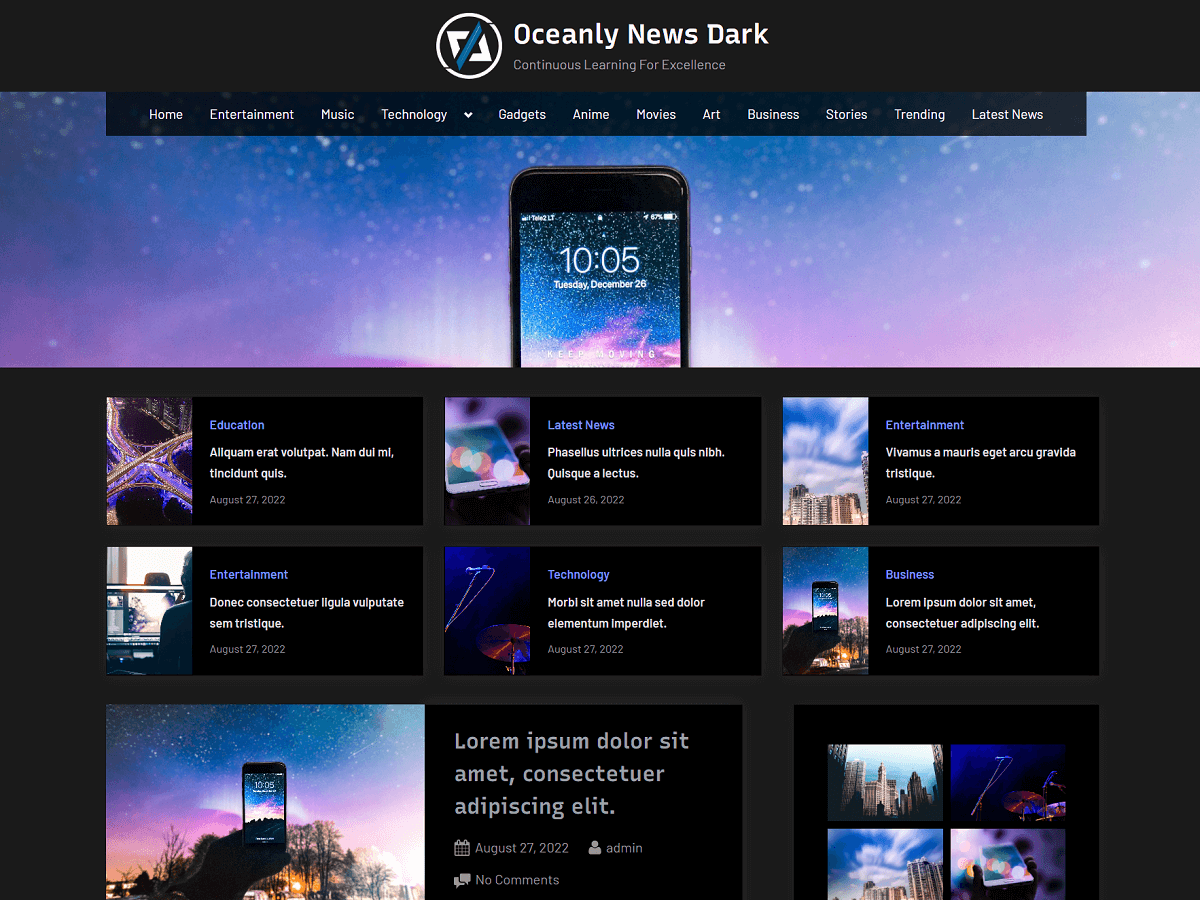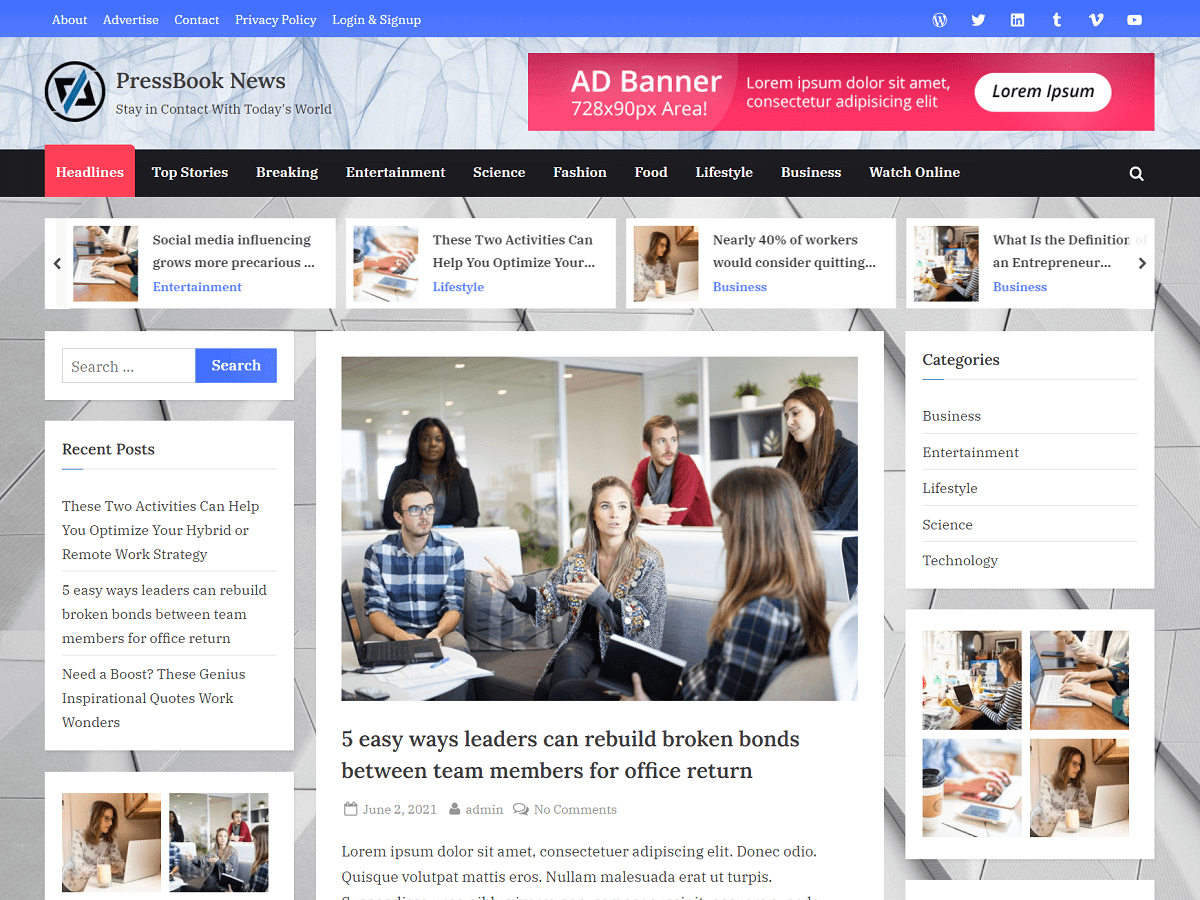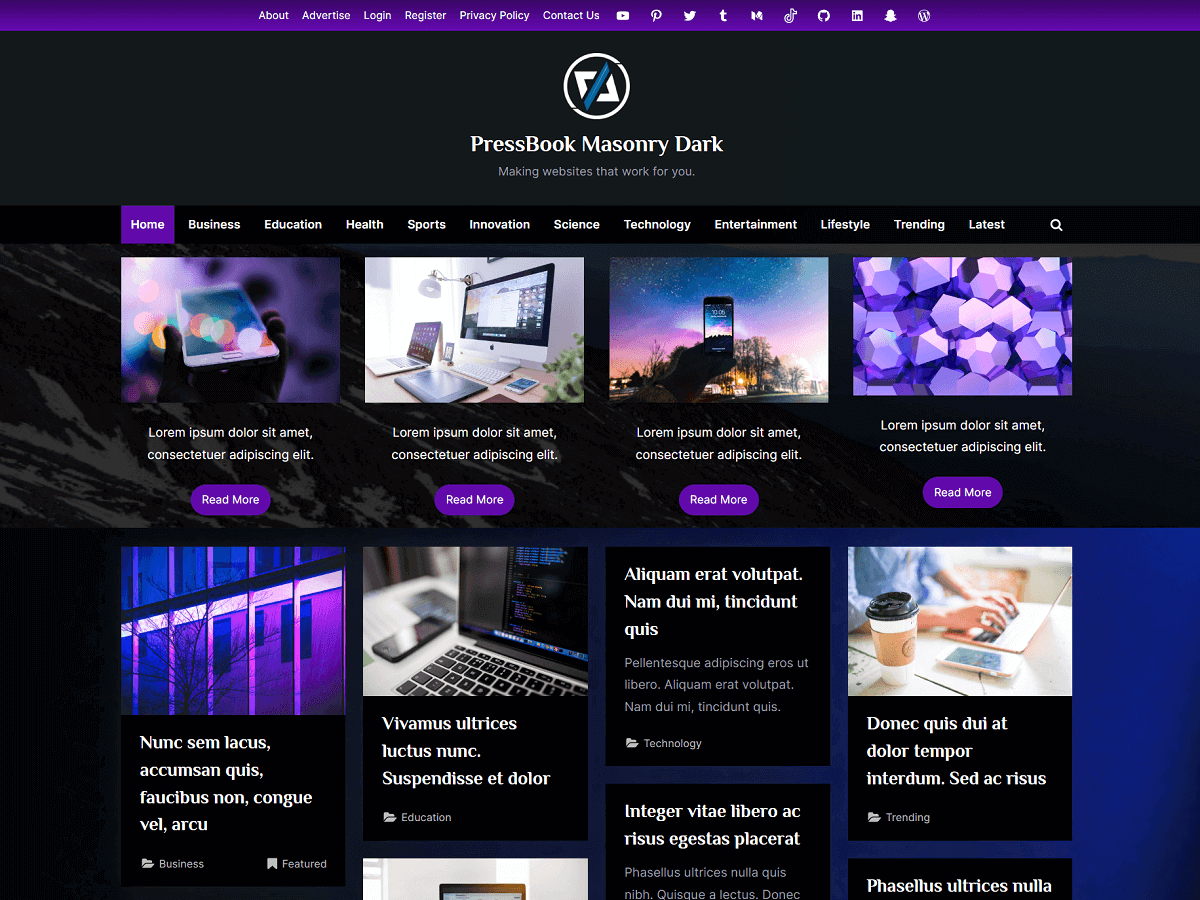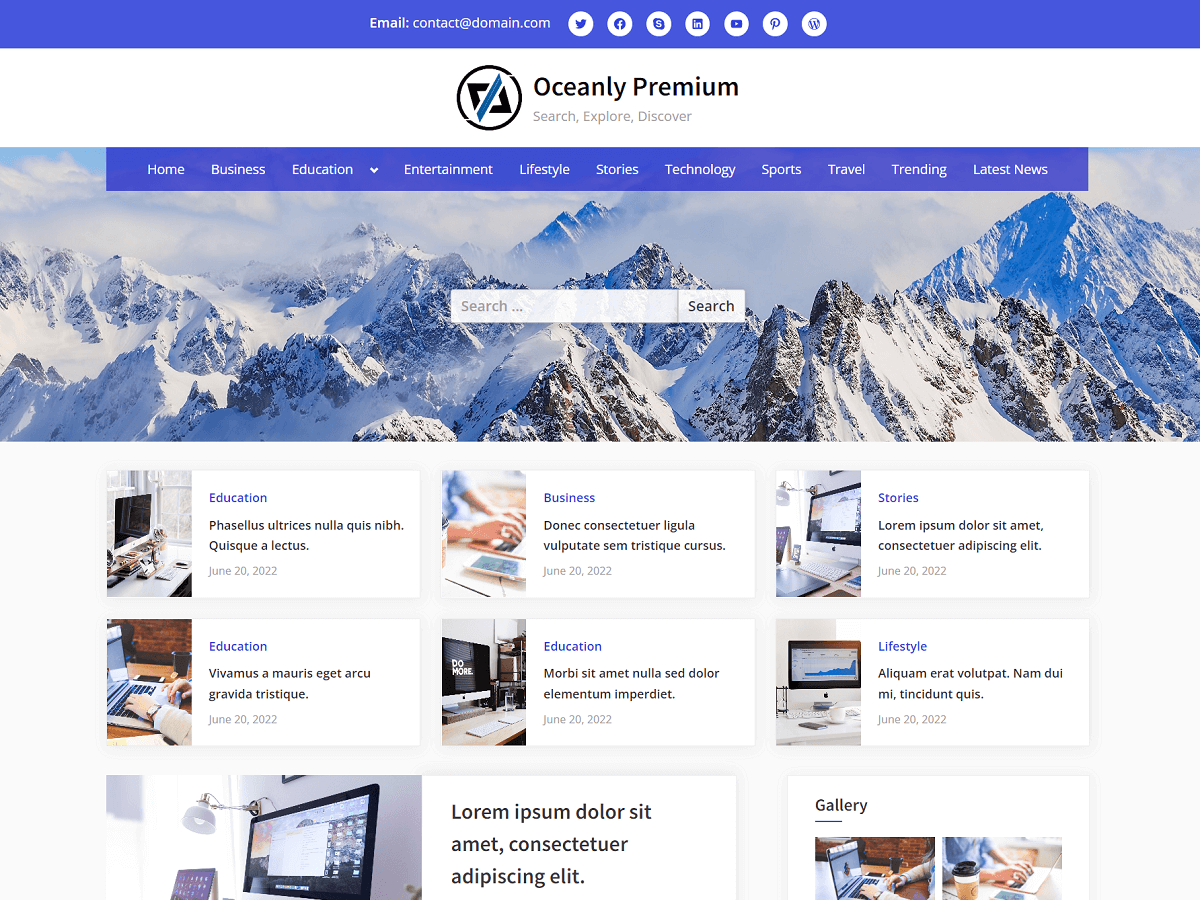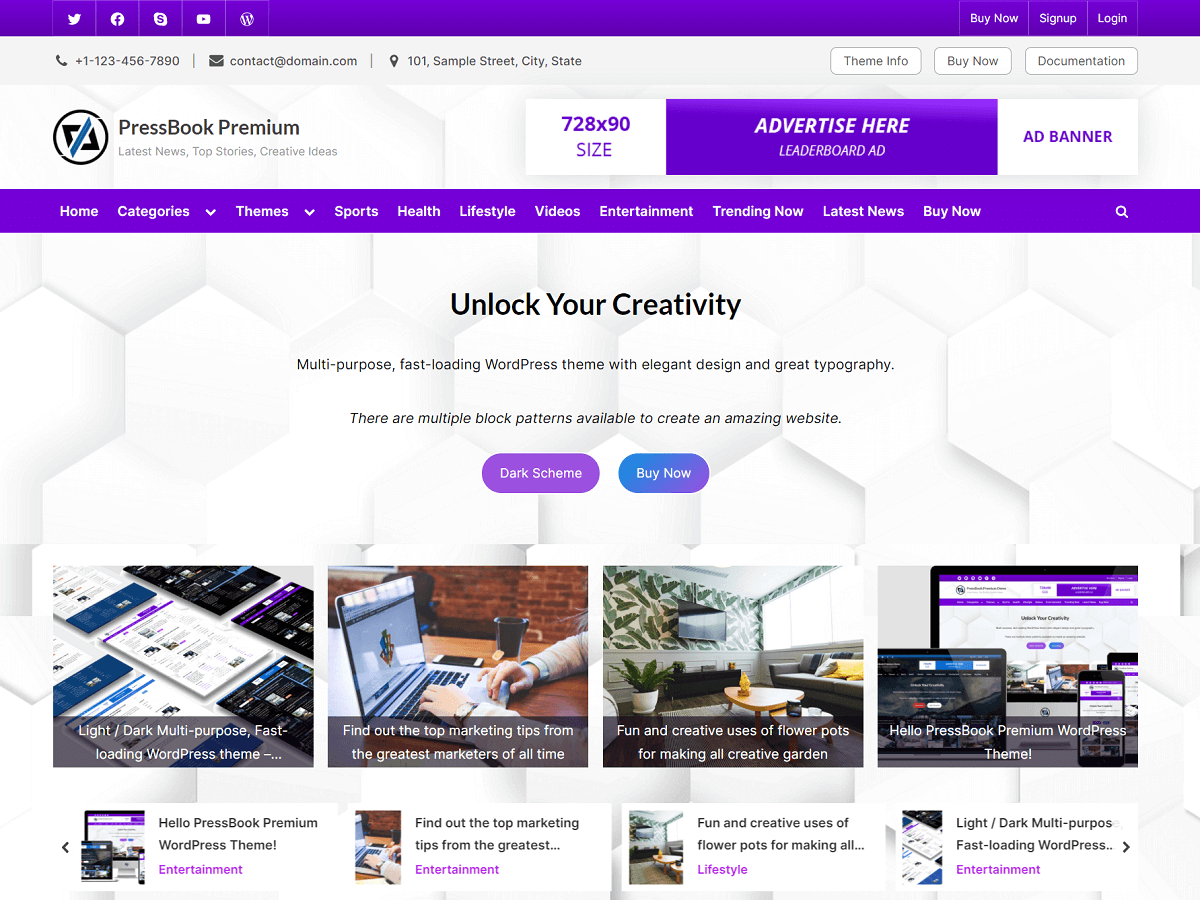The JavaScript ecosystem is growing rapidly, so it’s essential to keep track of how things are progressing, especially when it comes to JavaScript frameworks and libraries.
The way a Single Page Application displays pages to a visitor has changed a lot. By using the Server-Side rendering, server response has the initial HTML code instead of JavaScript code rendering the HTML in the browser. This can greatly improve the SEO and the performance of the initial render.
In this guide, we discuss the popular JavaScript frameworks that you can use to create Server-Side rendered web applications.
Next.js – The React Framework
Next.js is a JavaScript framework, built on top of React for Node.js. With Next.js, the Node.js in the server renders the React Components and then serves to the browser.
Many React native development agencies use Next.js because it reduces the effort in configuring Webpack, babel, and other tools and speeds up your development workflow.
Next.js is very stable and has an active community in the open-source world. Following are the reasons to use Next.js:
- Supports serverless builds.
- Support for Webpack, react-router, react, and react-dom out of the box.
- Code splitting.
- Integrates seamlessly with any existing data-fetching strategy.
- Smaller initial HTML size.
- Integrates easily Node.js backend, such as Express, Koa, or Electron.
- Low build-time memory usage.
- Lazy-loaded modules.
Nuxt.js – The Vue Framework
Nuxt.js is a simple, but powerful framework that builds on top of Vue.js to create universal, server-side rendered applications.
It abstracts the code distribution of server and client and allows you to spend less time on configuration, and more time on solving problems and building Vue applications. The reasons to use Nuxt.js:
- Configurable services and templates.
- Clear project structure. Switch between components and pages seamlessly.
- Automatic code splitting (pre-rendered pages).
- Static file serving.
- Powerful routing with asynchronous data.
- Support for ES6/ES7 by default.
- Abstracts client/server distribution.
If you prefer Vue more to React, then Nuxt.js makes a perfect choice.
Gatsby – The React Framework
Gatsby is a popular open-source framework that leverages the power of React to build blazing-fast, server-side rendered applications. It is designed to help React developers build websites and applications that are not only performant but also have great SEO capabilities.
One of the main advantages of Gatsby is its ability to build static websites that are both fast and efficient. It does this by pre-building pages and optimizing them for performance, resulting in lightning-fast load times.
Gatsby also has a rich plugin ecosystem that allows developers to extend its functionality and add features like image optimization, code splitting, and more. This makes it a powerful and flexible framework that can be tailored to meet the needs of any project.
Other reasons to use Gatsby include:
- A robust set of features that make it easy to create complex websites and applications.
- A simple development experience that reduces the learning curve for new developers.
- Built-in support for GraphQL, making it easy to query data from multiple sources and build dynamic pages.
If you prefer React over other front-end frameworks, Gatsby is an excellent choice for building fast and powerful server-side rendered applications.
Quasar Framework
Quasar Framework is also an amazing open-source Vue.js based framework that allows you to develop high-performance websites/apps. It supports SSR (Server-side Rendered Apps), SPAs (Single Page Apps), PWAs (Progressive Web Apps), BEX (Browser Extension), mobile apps, and multi-platform desktop apps.
With Quasar, you can write code once and deploy it across different platforms. It includes a feature-rich CLI and a collection of Quasar web components.
Unlike many frameworks, Quasar eliminates the need for additional heavyweight libraries like Moment.js, Hammer.js, or Bootstrap. It efficiently integrates these essentials and keeps your project lean and agile. It provides a modern, Material Design-inspired user interface out of the box. Also, it adheres to the best practices for user experience.
Here are some other key features of the Quasar Framework:
- Integrates essential libraries internally.
- Simplifies the entire process, including asset generation.
- Delivers a native app feel on mobile devices.
- High performance with automatic code splitting for optimized loading.
It delivers performance and compatibility on both desktop and mobile browsers, including iOS Safari. This means your app will look and perform its best, regardless of the platform.

